
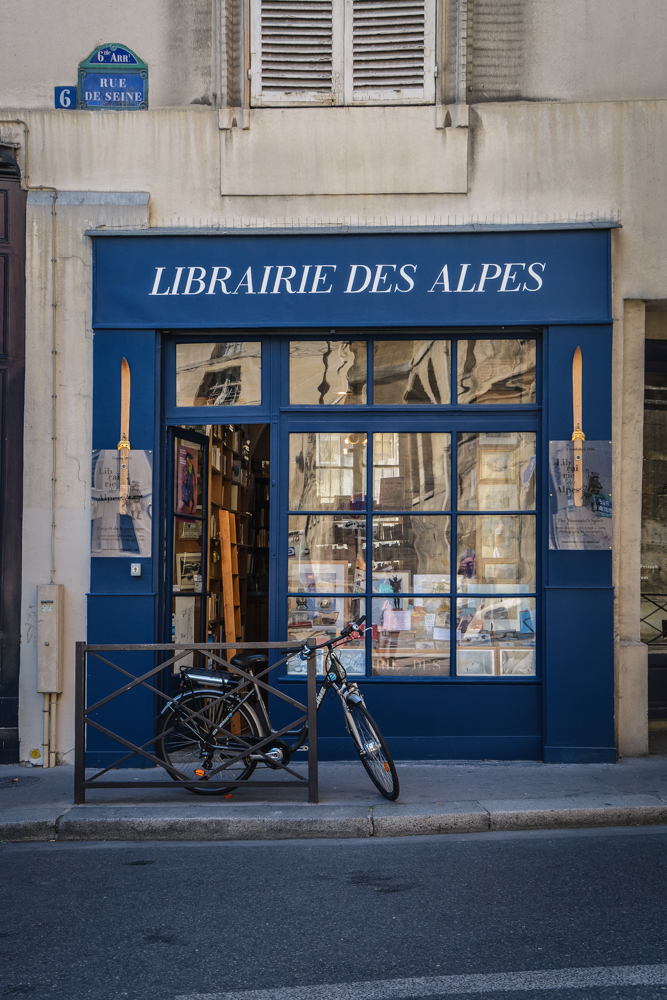
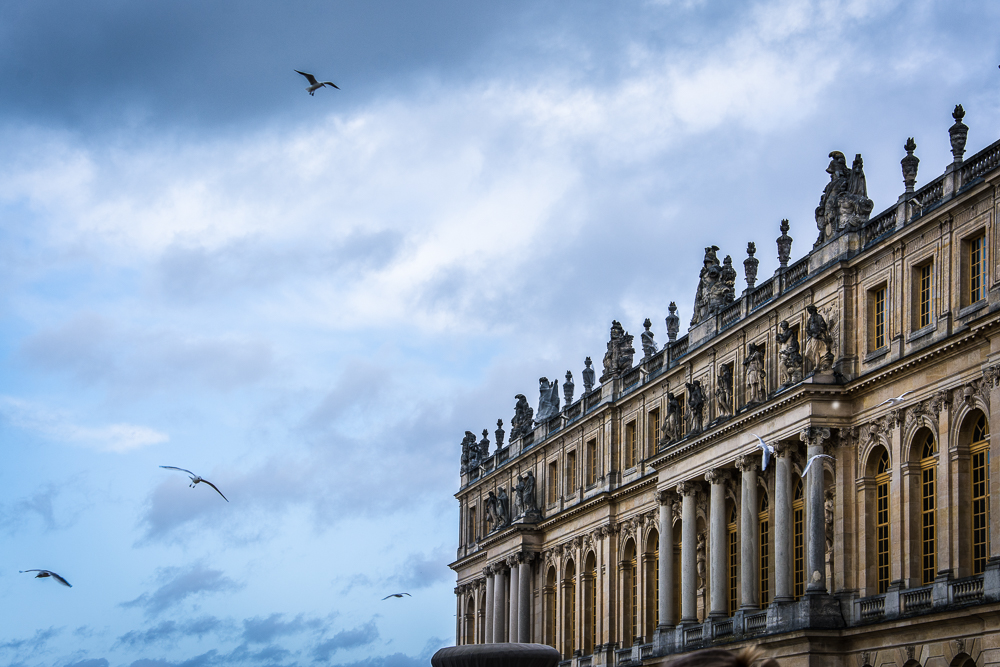

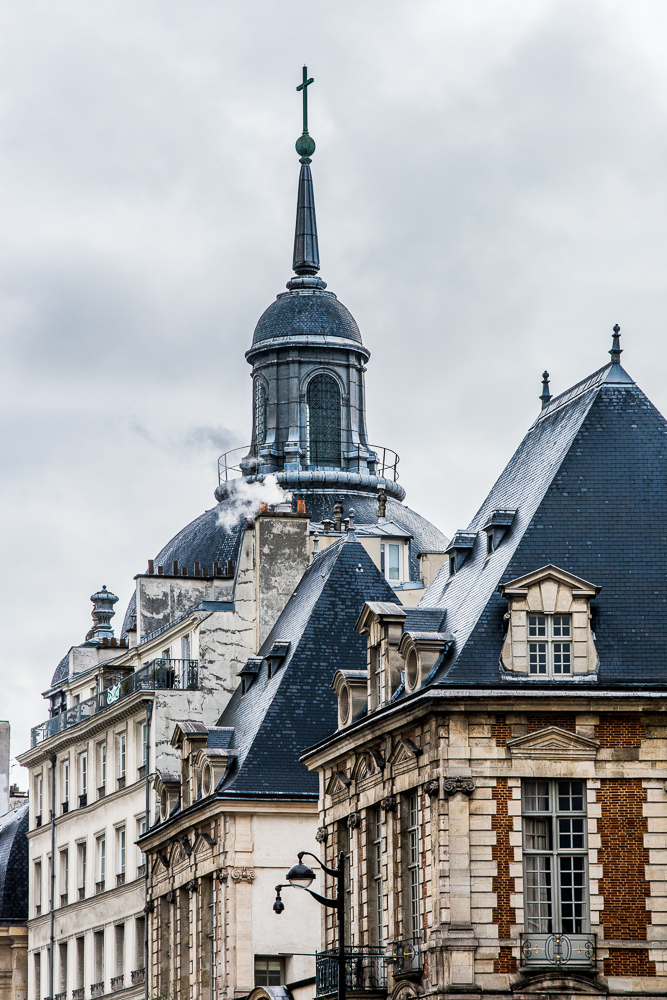
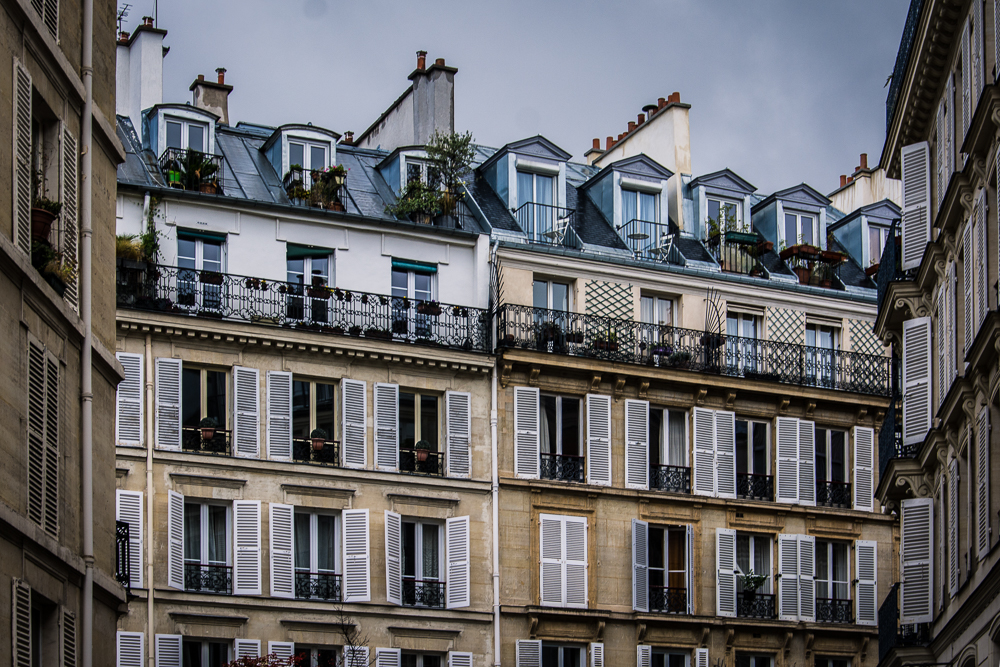
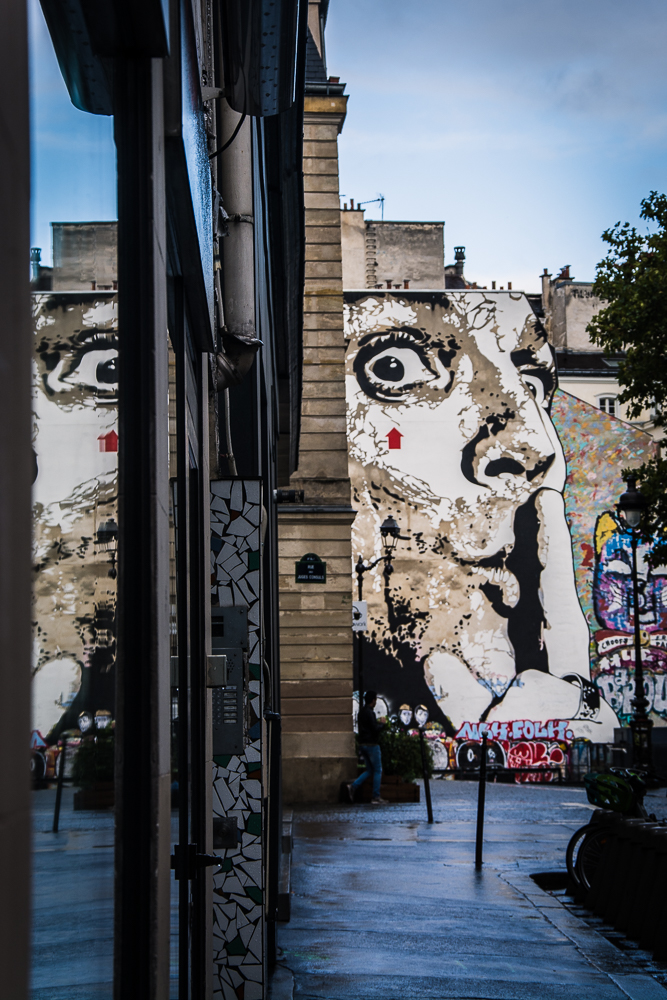
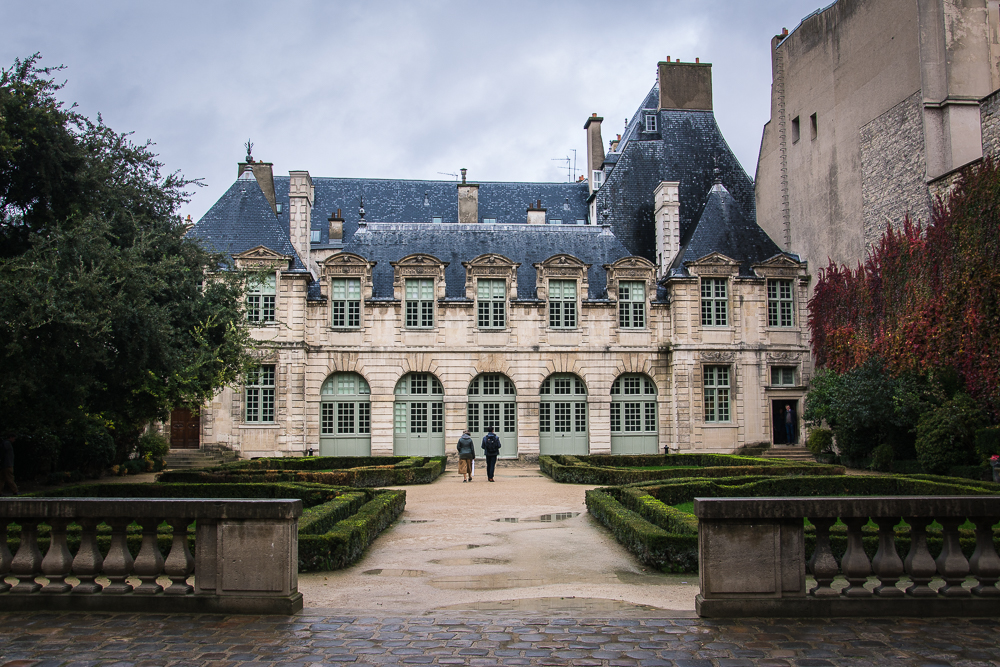
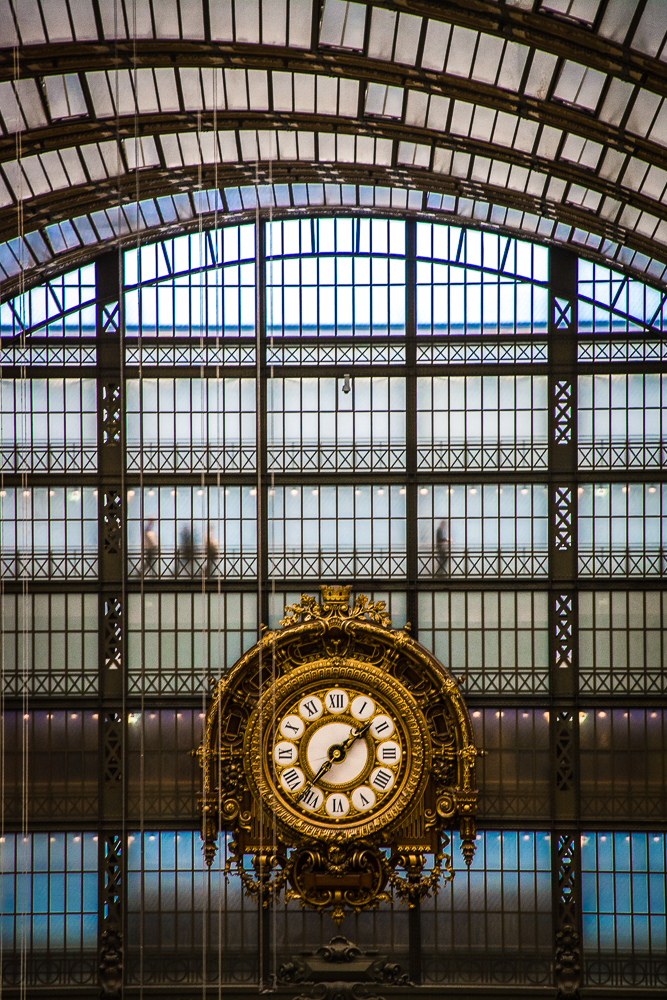
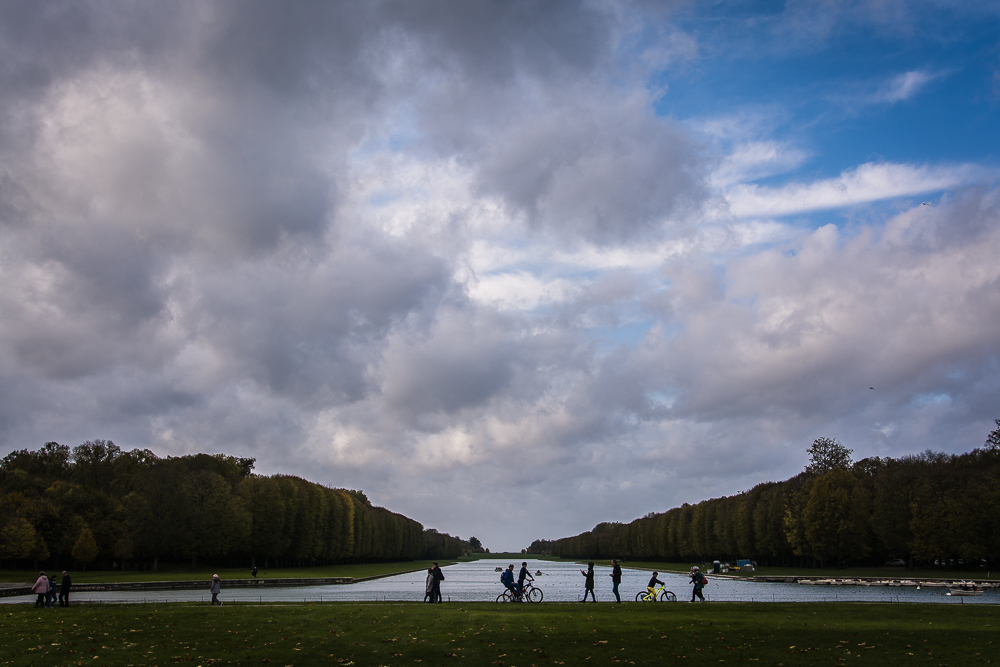
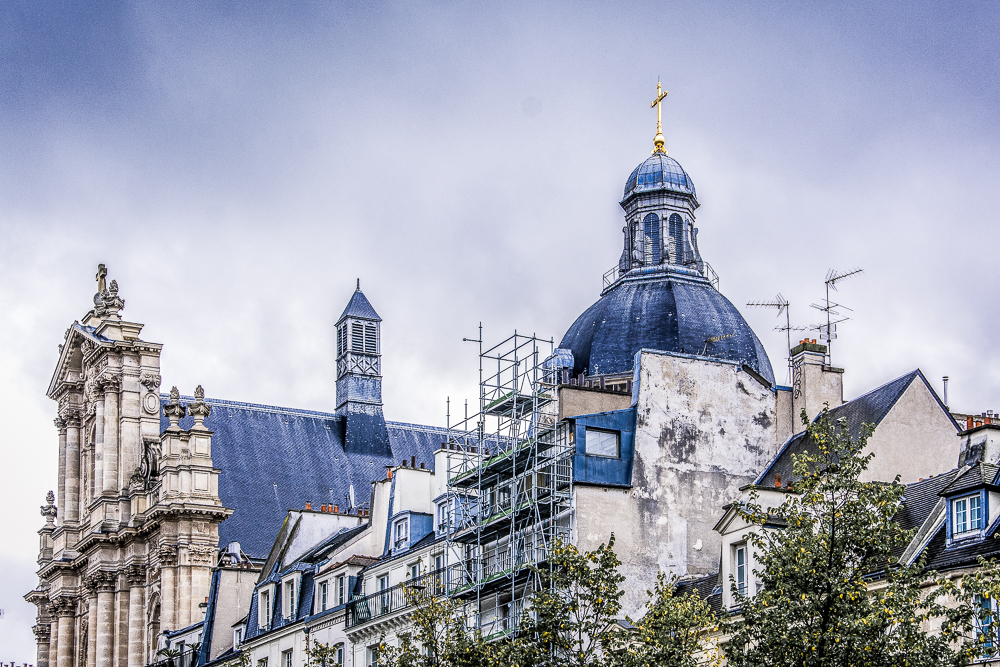
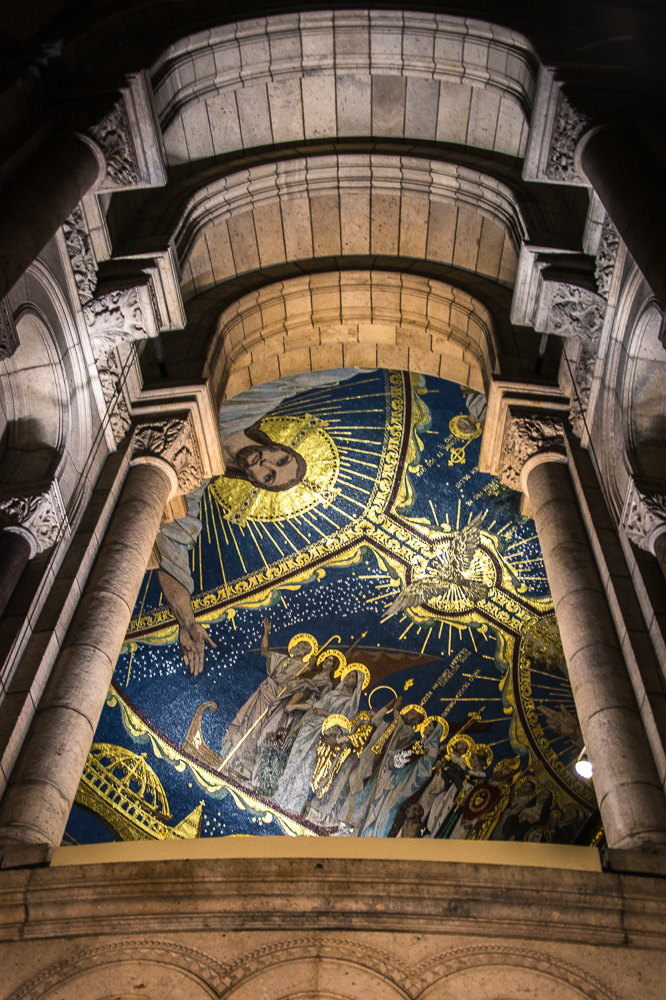
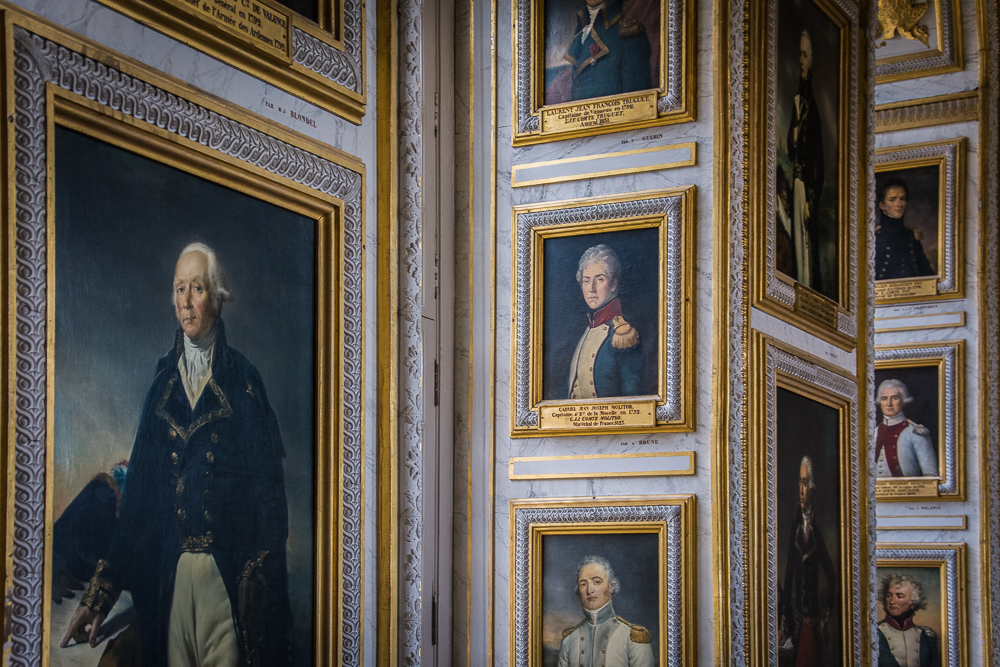
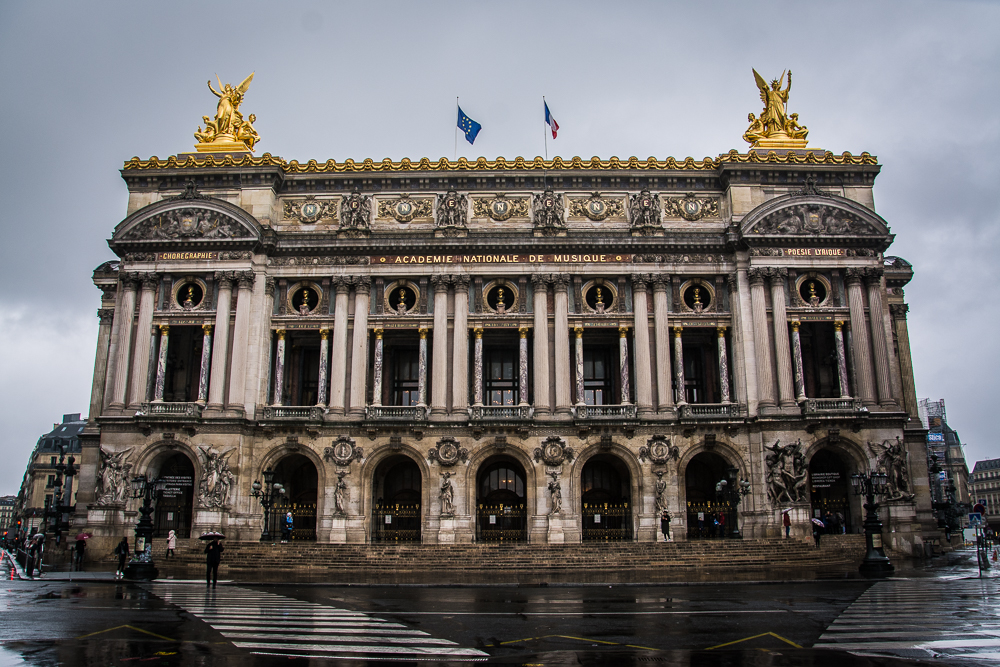
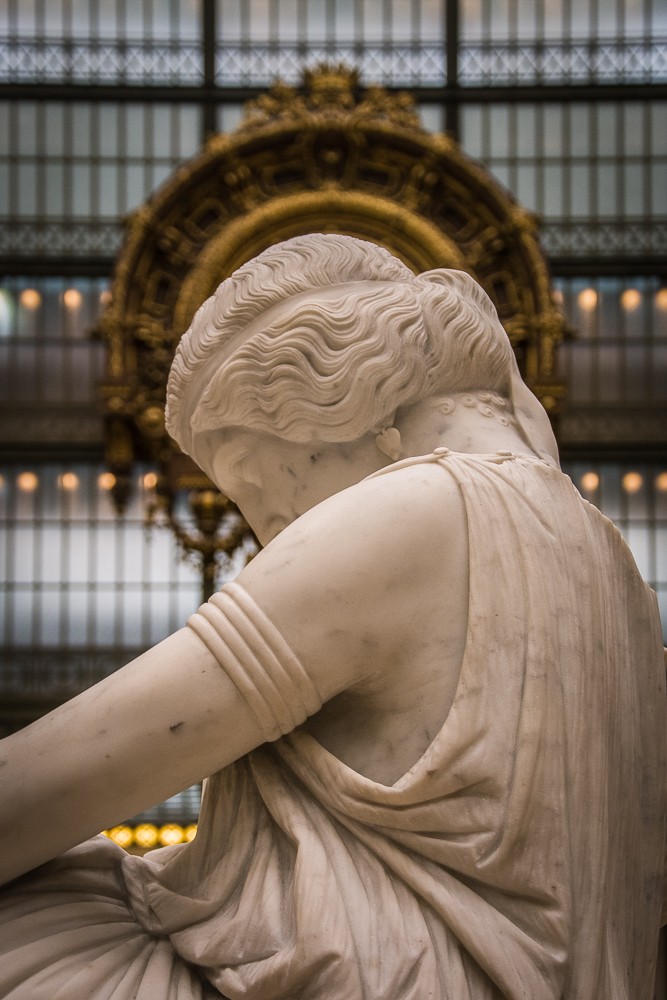
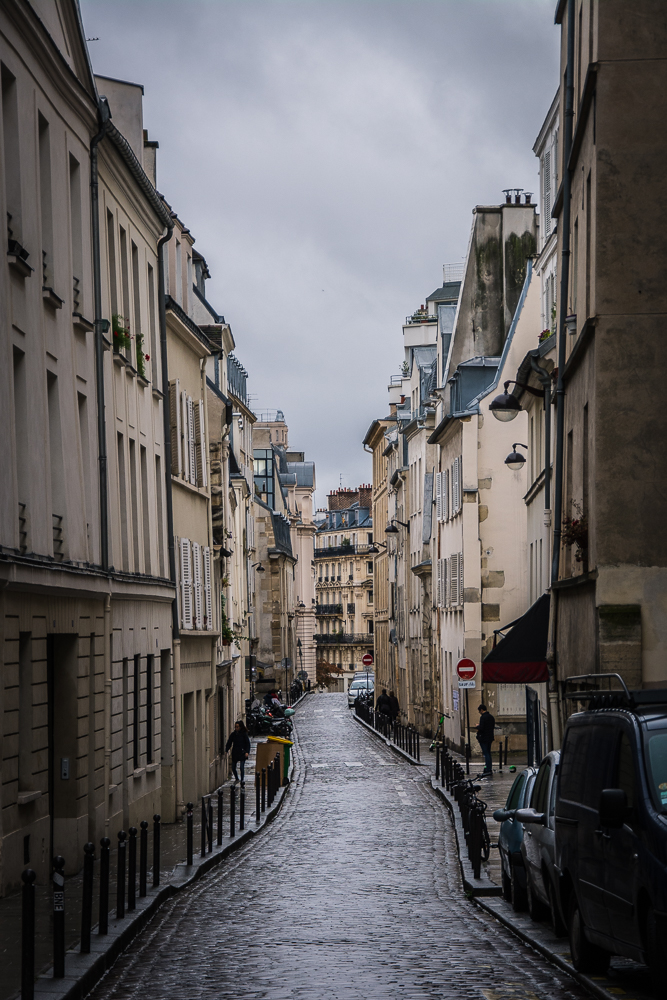
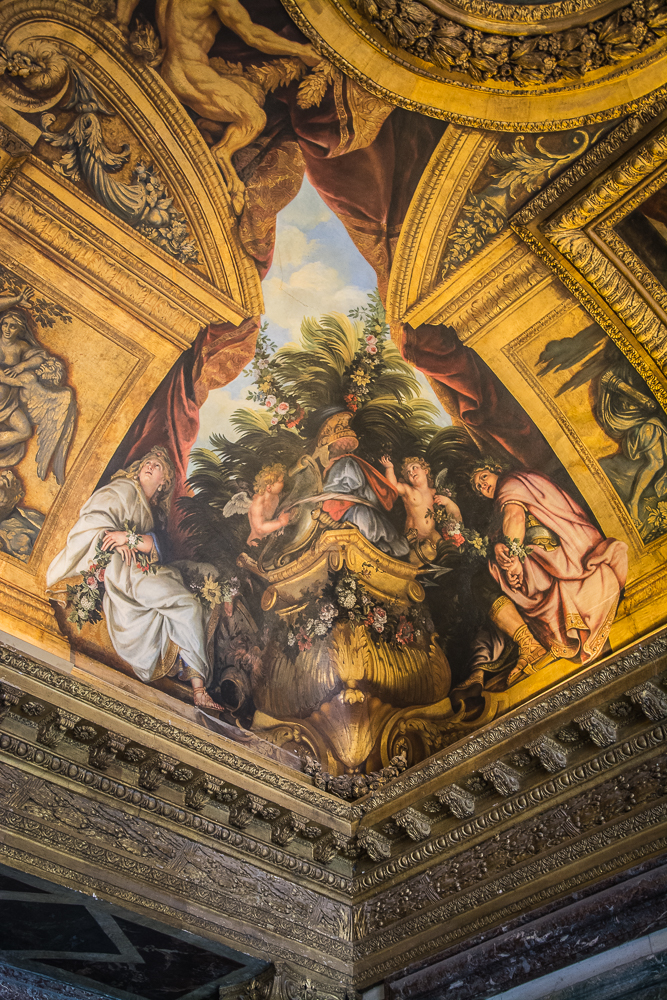
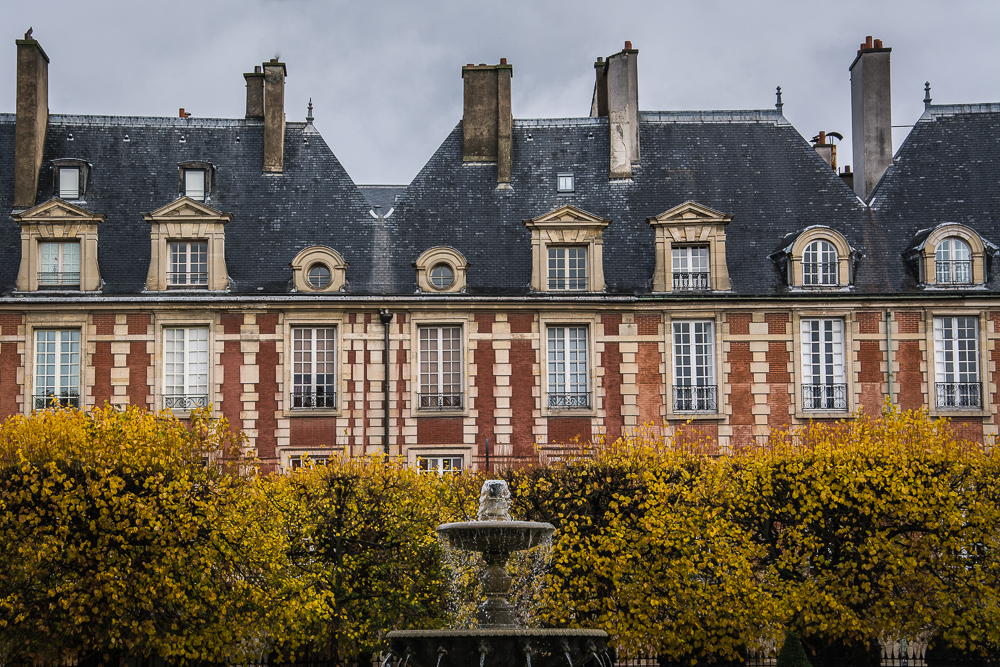
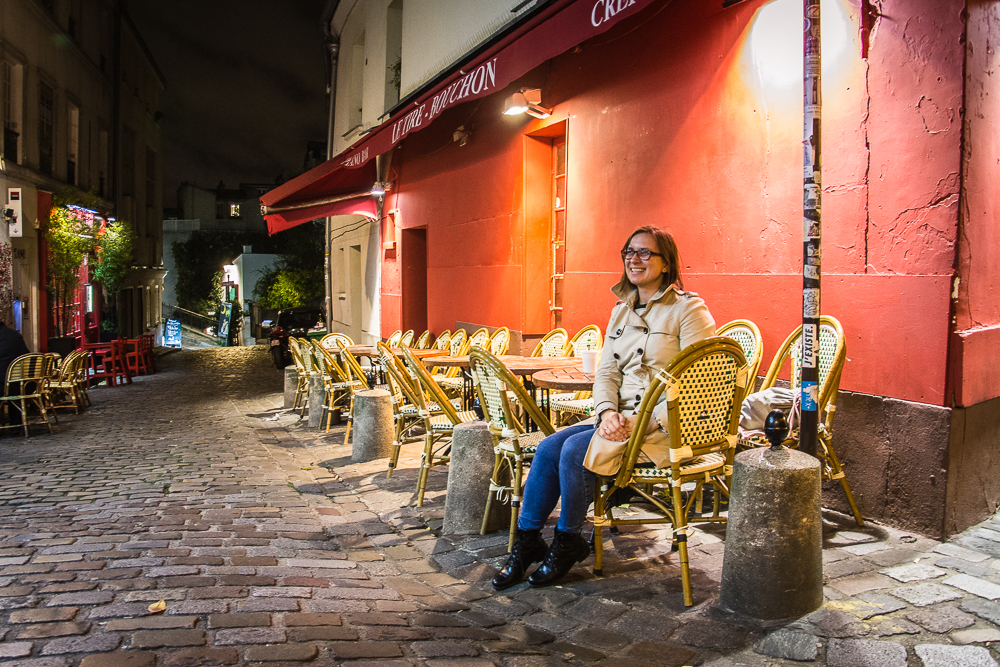

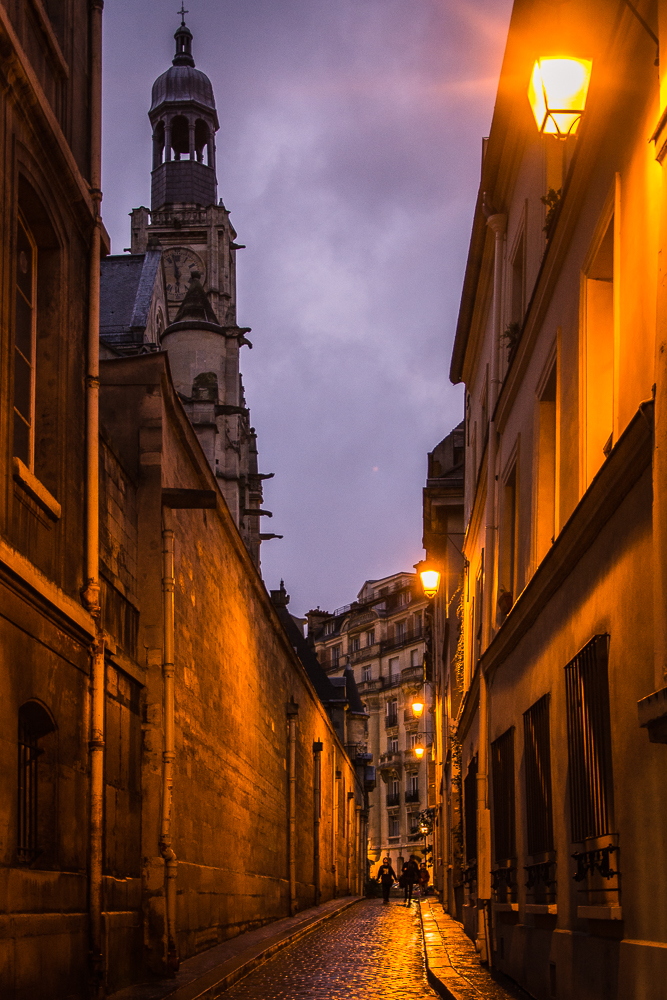

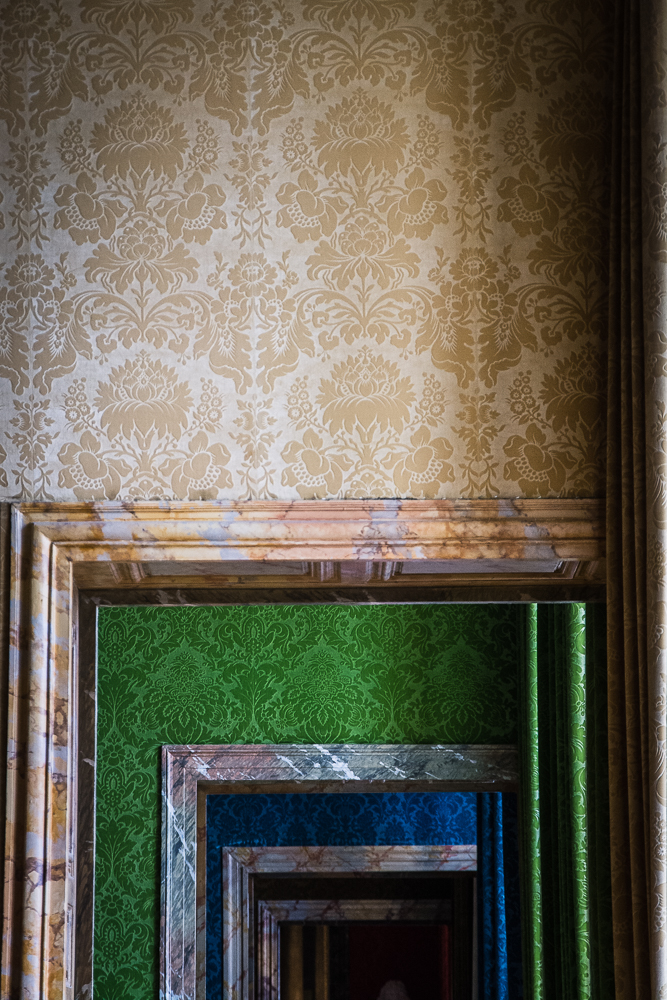
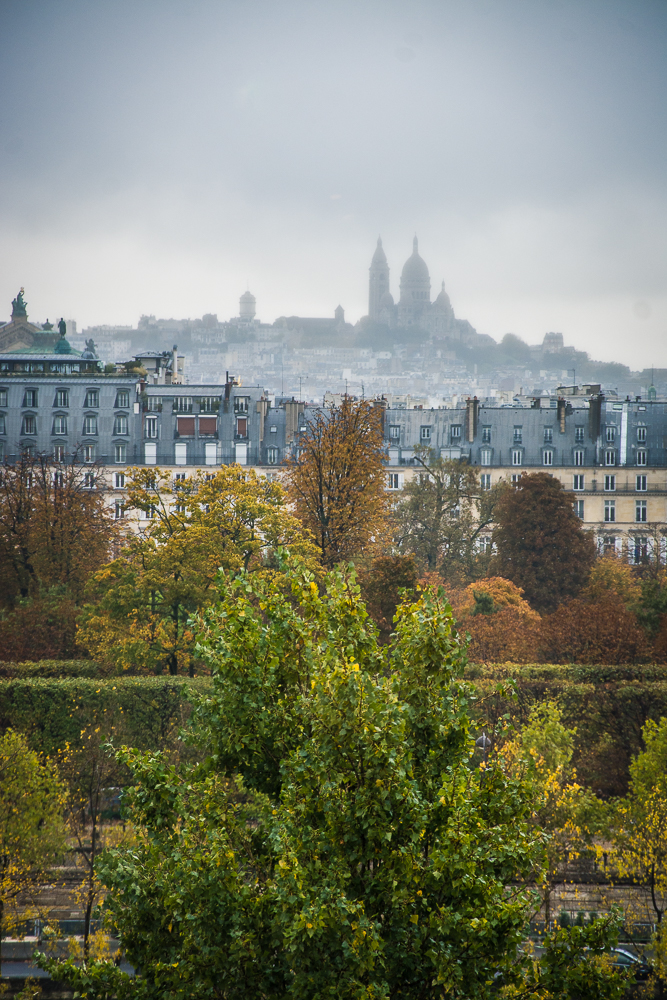
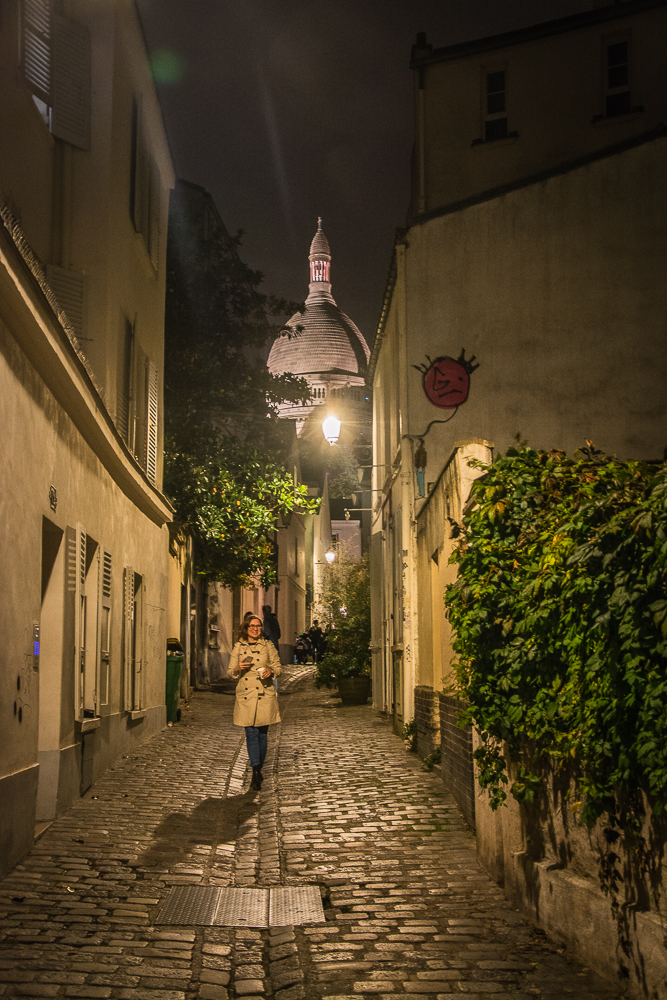

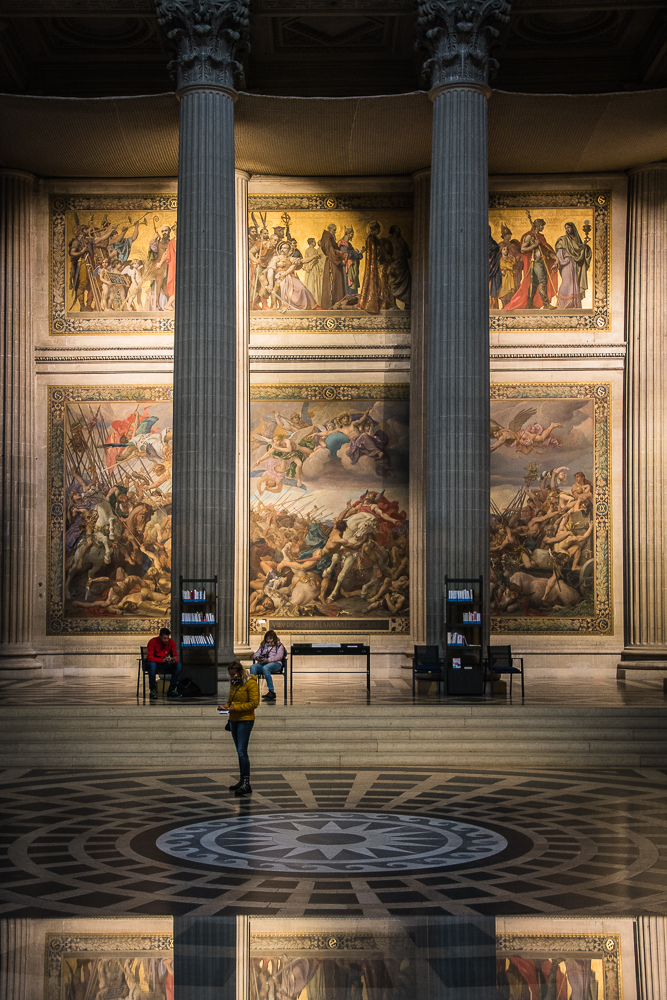
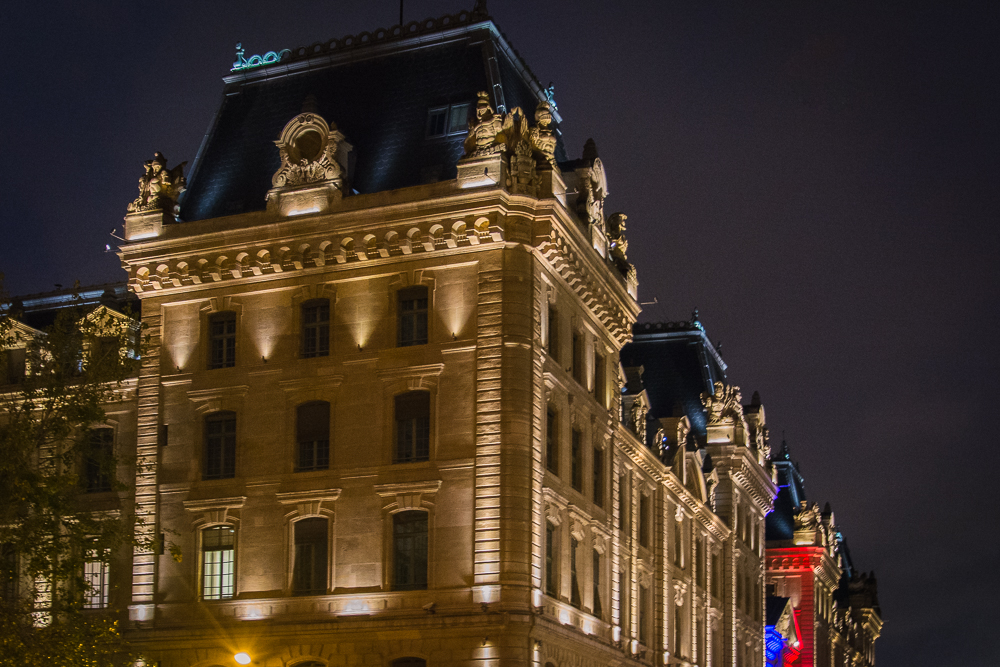
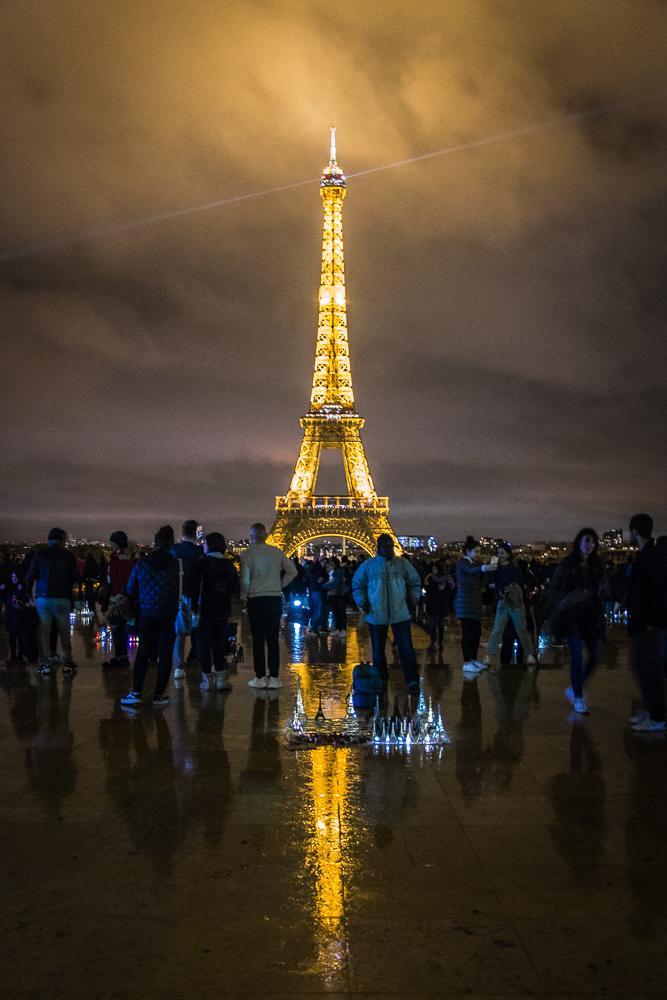

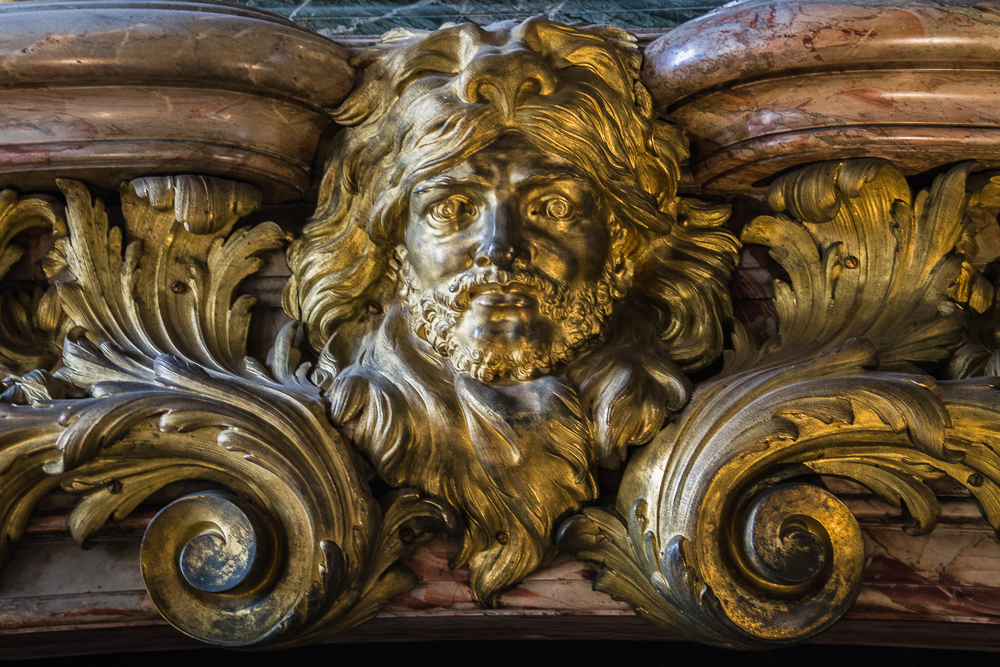
Paris The City of Light
Best illuminated European city or capital of the Age of Enlightenment?
Paris – the City of Love. It is the first association that comes to our mind. However, etymology is more mundane. The name of the city does not derive from the Trojan prince (and lover) Paris. It came from the Celtic tribe Parisii that used to live in this area. Personally, there is another alias of the city that I find more exciting: Paris – the City of Light (La Ville Lumière). It refers literally to urban illumination but also to the Age of Enlightenment (the Age of Reason).
Enlightment
One of the most important ideas of the age are: primacy of reason (rationalism, humanism), exclusivity of natural laws and forces (naturalism) as well as transformation of social, religious and political life (reformism). The City of Light played an important role in this period. The Age of Reason began (1715 – death of Louis XIV) and ended (1789 – outbreak of the French Revolution) in Paris. This is precisely where Diderot and d’Alembert published the first encyclopaedia. Montesquieu was promoting the theory of separation of powers. And Voltaire canvassed for rational thinking, liberalism and tolerance. Speaking about architecture from this period, it is noticeable that time frames are less precise and ideas are not that clear-cut. In the time of the Enlightenment, we are able to distinguish two totally different styles – Late Baroque (also known as Rococo, 1675 – 1750) and Neoclassicism (1760 – 1830).
French Architecture of 18th Century
Baroque is one of the most decorative architectural style. Full of theatricality, gold-plated details reflected in mirrors as well as dramatic light contrasts on rotund forms. As if it were not enough, Rococo brought even more ornaments. Surprisingly, the style did not lose its lightness. A spectator can be overwhelmed by splendour but definitely not by heaviness of forms. The style impacts our sensuality in a sentimental and sly way. An iconic example of the French Baroque is Palace of Versailles with its stunning Hall of Mirrors.
A successive style – Neoclassicism was a better representation of the the Enlightenment’s theories. Archeological research of Herculaneum and Pompeii1 became an impulse of a throw-back to classical architecture of Ancient Rome and Greece. Also great minds of this age (like D. Diderot, J. J. Rousseau) were promoting simplicity and antique values, determining a way forward of art. Thus, purist forms straight from Ancient Rome and Greece replaced exaggerated Baroque decorations. Monumentalism and harmony of the buildings was brought out by rhythmic columns and a symmetric plan. Balanced amount of ornaments lent elegance and dignity but did not resort to minimalism. In Paris, the most well-known examples are Arc de Triomphe and Pantheon. The new style was also implemented in the Palace of Versailles – Petit Trianon2 and Belvedere3.
Louvre Palace is an interesting comparative example. It has elevations in both of the above-mentioned. Western (inner) facade of the Cour Carrée – Pavillon de l’Horloge (Clock Pavilion) is baroque. Eastern (outside) facade of the Cour Carrée – Colonnade de Perrault has a typical classical style. You can find the scheme of the museum plan here.
Illumination
An evening walk along the Elysian Fields or view for the night illumination of the Eiffel Tower (20 000 light bulbs!), is enough to notice an important role of artificial lighting in the identity of the place. Paris – the City of Light was one of the first European cities with gas street lighting on a big scale (1829). Around thirty years later, the number of the lamps increased to 56 000. Nowadays, there are 296 buildings and 33 bridges with special illumination. It is no wonder that Paris by night is full of life.
Moreover, I pointed out natural lighting conditions during the day. In November the city had an elegant, opaque light in a dove-grey hue. Soft colours of cloudy sky and monochromatic town-houses were in contrast with sharp angles of dark mansards4. Deep tones of autumn trees were representing the last energetic points of summer. Maybe, except for permanently crowded bars. To be honest, I really liked this sentimental version of Paris.
Travel Palette of Paris
Annotations:
1Herculaneum and Pompeii were two ancient cities in Italy, destroyed by volcanic eruption of Vesuvius (79 AD).
2Petit Trianon – Small Trianon is a small château, built in the Versailles garden for the king’s mistress Madame de Pompadour.
3Belvedere (from Italian for “fair view”) – a garden building in the form of pavillon, terrace or open gallery that has a scenic view for particularly interesting composition or viewing axis. Because of that it was mostly located on a hill.
4Mansard – living compartment in the attic. In this case the roof has a specific two-slope shape. An upper part is more flat (small pich). A lower part is almost vertical. The roof cover is also part of the facade of the last level.
